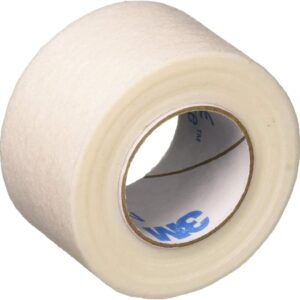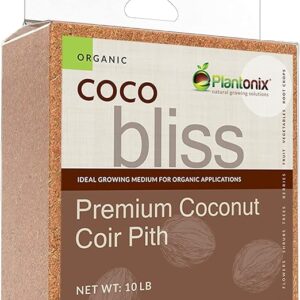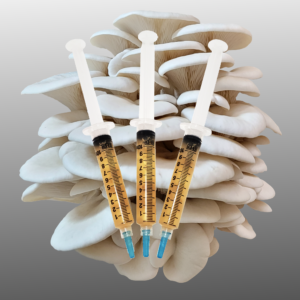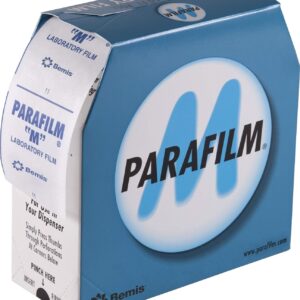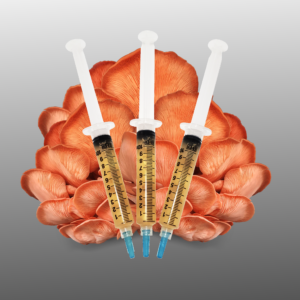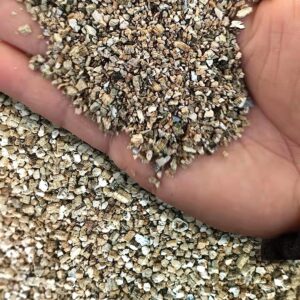As spring breathes life into the forests of North America, a culinary treasure emerges from the woodland floor—the morel mushroom (Morchella spp.). Renowned for its distinctive appearance and earthy flavor, morels captivate foragers and chefs alike. In this article, we will explore the unique growing patterns of morel mushrooms, identify their lookalikes to ensure safe foraging, and culminate with a step-by-step recipe to savor these elusive fungi.
The Morel Mushroom: A Brief Overview
- Distinctive Appearance:
- Morels are easily recognizable, featuring a distinctive honeycomb or mesh-like cap. The cap is attached directly to the stem, and the entire mushroom is hollow.
- Growing Patterns:
- Morels are often found in the aftermath of forest fires, with some species thriving in burnt landscapes. They also appear in areas with disturbed soils, such as recently logged or cleared spaces.
- Varieties:
- Common morel varieties include the black morel (Morchella elata), the yellow or blonde morel (Morchella esculenta), and the half-free morel (Morchella semilibera).
Identifying Morel Lookalikes
- False Morels (Verpa bohemica):
- Differences:
- False morels have a cap that hangs freely from the stem, unlike the attached cap of true morels.
- True morels have a fully hollow interior, while false morels may have a cottony or chambered interior.
- Differences:
- Early Morels (Verpa species):
- Differences:
- Early morels resemble true morels but have a cap that hangs freely. They are often taller and more slender than true morels.
- Differences:
- Gyromitra Species:
- Differences:
- Gyromitras have a wrinkled or brain-like appearance, distinct from the honeycomb structure of true morels.
- Gyromitras contain toxins and should not be consumed.
- Differences:
Morel Mushroom Recipe: Sautéed Morels with Garlic and Herbs
Ingredients:
- 1 pound fresh morel mushrooms, cleaned and halved
- 2 tablespoons butter
- 2 tablespoons olive oil
- 3 cloves garlic, minced
- 1 tablespoon fresh thyme, chopped
- Salt and pepper to taste
- Fresh parsley for garnish
Instructions:
- Clean the Morels:
- Gently clean the morels using a soft brush or cloth to remove debris. Cut larger morels in half lengthwise.
- Sauté Garlic:
- In a skillet, heat butter and olive oil over medium heat. Add minced garlic and sauté until fragrant.
- Cook Morels:
- Add the cleaned morels to the skillet. Sauté for 5-7 minutes until the mushrooms are tender and have released their moisture.
- Season with Herbs:
- Sprinkle fresh thyme over the morels, stirring to incorporate. Season with salt and pepper to taste.
- Finish and Garnish:
- Once cooked, transfer the morels to a serving dish. Garnish with fresh parsley for a burst of color and additional flavor.
- Serve and Enjoy:
- Serve the sautéed morels as a side dish or atop a bed of risotto or pasta. Their rich, earthy flavor shines when paired with simple ingredients that complement their natural taste.
Conclusion
Morel mushrooms, with their unique appearance and growing patterns, provide a delightful experience for foragers and culinary enthusiasts. As you embark on the adventure of foraging for morels, always exercise caution, accurately identify the mushrooms, and follow ethical foraging practices. With proper identification, you can indulge in the delectable flavors of morels, transforming them into a culinary masterpiece that celebrates the enchanting world of wild mushrooms.
-
Micropore Tape, 12 pcs (1″ x 10 yards)
-
Mini Greenhouse-4-Tier Indoor/Outdoor. Grow Plants, Seedlings, Herbs, or Mushrooms
-
Mini Humidity Meter Hygrometer/Thermometer 6 Pack
-
Organic Coco Coir by Coco Bliss (10 lb block)
-
Organic Light Dried Malt Extract DME – 1 Lb
-
Oyster Mushroom Liquid Culture
-
Parafilm
-
Pink Oyster Liquid Culture
-
Professional Grade Horticultural Organic Vermiculite 10 Qt


